Discovering historical artifacts in one’s backyard can be an exhilarating experience, offering a direct connection to the past. From ancient coins to medieval weapons, these unearthed treasures tell stories of different eras and civilizations. Each find not only enriches our understanding of history but also provides a tangible link to those who lived long ago. Let’s explore some of the most unusual artifacts discovered in backyards, revealing the fascinating histories hidden beneath our feet.
Civil War Cannonball

Buried for over a century, this cannonball was unearthed in a Virginia backyard, sparking excitement among history buffs. The artifact, weighing approximately 12 pounds, was likely fired during a Civil War skirmish. Its rusted exterior tells a story of conflict and time. Despite its age, the cannonball remains intact, showcasing the durability of wartime munitions. This discovery connects the present to a turbulent period in American history. Additionally, it has become a focal point for local historians and enthusiasts.
Roman Coin
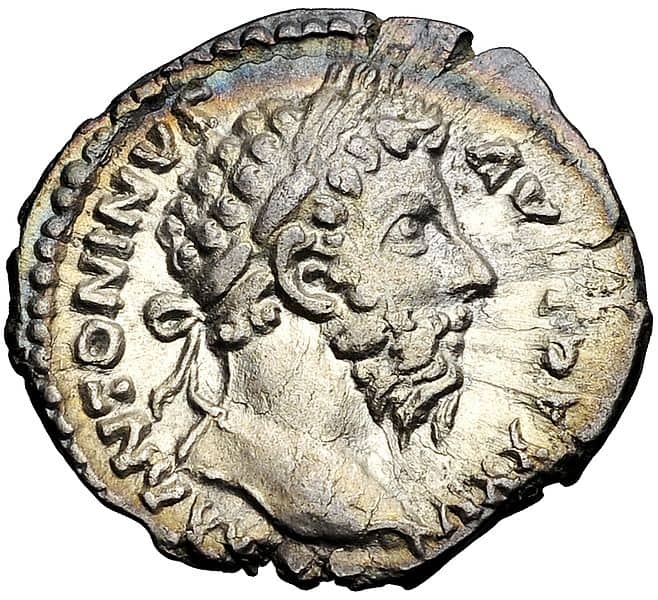
In England, a backyard garden yielded a Roman coin dating back to the 3rd century. Made of bronze, the coin features an image of Emperor Gallienus, providing insight into ancient Roman currency. Its discovery offers a tangible link to the expansive Roman Empire. The coin’s well-preserved details astonished archaeologists, revealing the artistry and craftsmanship of the era. This artifact not only has historical value but also monetary worth, with collectors expressing keen interest.
Medieval Sword
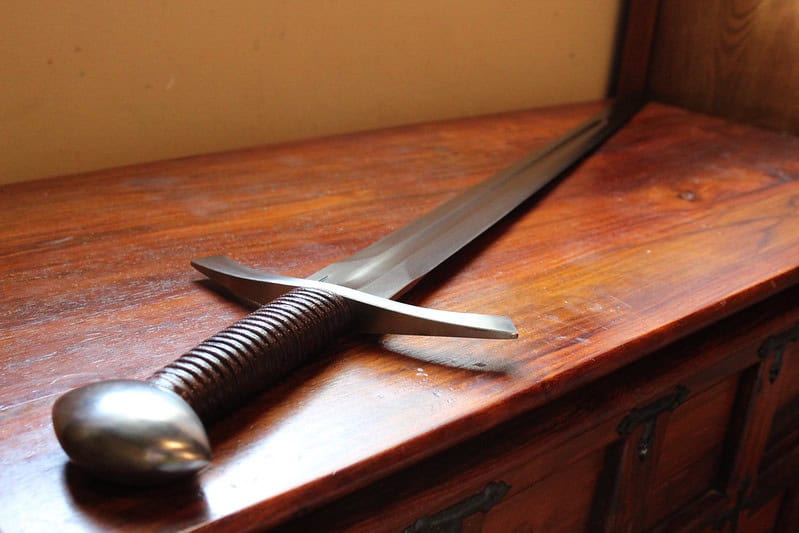
Unearthed in a backyard in Poland, this medieval sword dates back to the 14th century. The sword, though corroded, still shows intricate engravings on its hilt, hinting at its noble owner. Such weapons were symbols of status and power during medieval times. The discovery has intrigued historians, who are eager to learn more about its origins and the battles it might have seen. This artifact has since been displayed in a local museum, drawing crowds fascinated by its history.
Ancient Egyptian Amulet
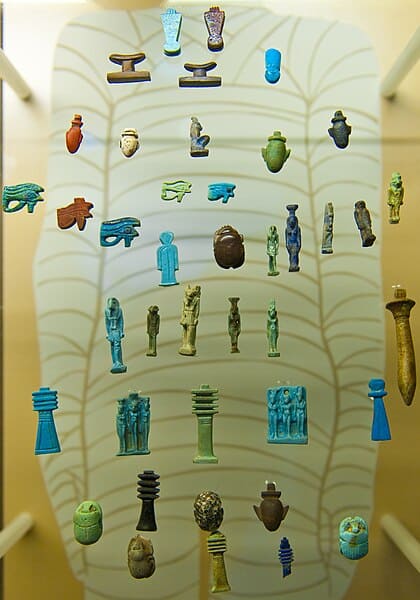
Discovered in a California backyard, this amulet dates back to ancient Egypt. Made of turquoise-colored faience, it depicts the protective goddess Taweret. The artifact is believed to have been brought over by a collector in the early 20th century. Its preservation is remarkable, with the amulet’s intricate carvings still visible. This find has deepened the understanding of how ancient artifacts travel and end up in unexpected places.
World War II Dog Tags
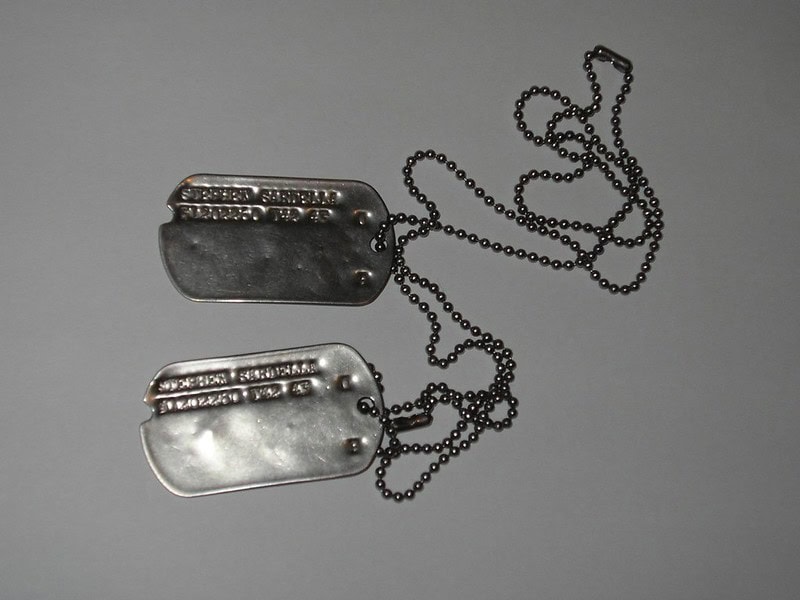
In a backyard in France, a set of dog tags belonging to an American soldier from World War II was found. These tags offer a poignant connection to the past, revealing the soldier’s name, rank, and unit. The discovery has led to an effort to trace the soldier’s descendants and share this piece of their family history. Such artifacts are powerful reminders of the personal stories behind global conflicts. This find has sparked a renewed interest in local World War II history.
Prehistoric Arrowhead

In the Midwest United States, a homeowner discovered a prehistoric arrowhead made of flint. The arrowhead, estimated to be over 5,000 years old, provides a glimpse into the lives of early Native American tribes. Its sharp edges and symmetrical shape indicate advanced crafting techniques. This artifact has excited archaeologists, contributing to the understanding of prehistoric hunting tools. The arrowhead has since been studied and displayed, highlighting its significance in early human history.
Renaissance Ring
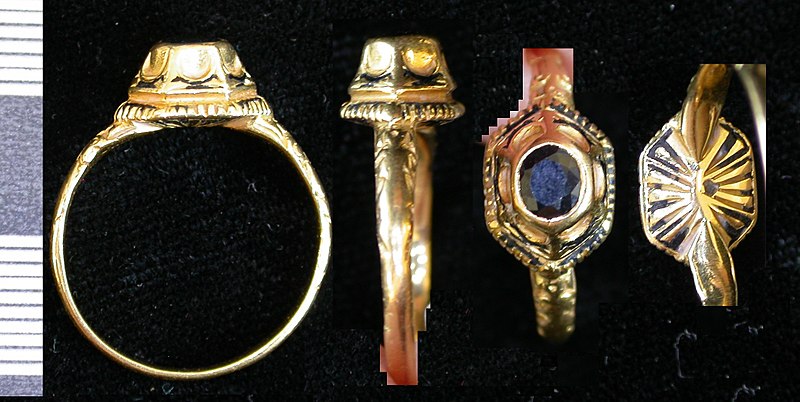
Unearthed in an Italian backyard, this gold ring dates back to the Renaissance period. The ring features an engraved gemstone, possibly an amulet or a symbol of wealth. Its detailed craftsmanship suggests it was made by a skilled jeweler. This discovery offers a rare glimpse into the personal adornments of Renaissance-era individuals. The ring has been preserved and studied, providing valuable insights into the period’s jewelry-making techniques.
Chinese Porcelain Shard
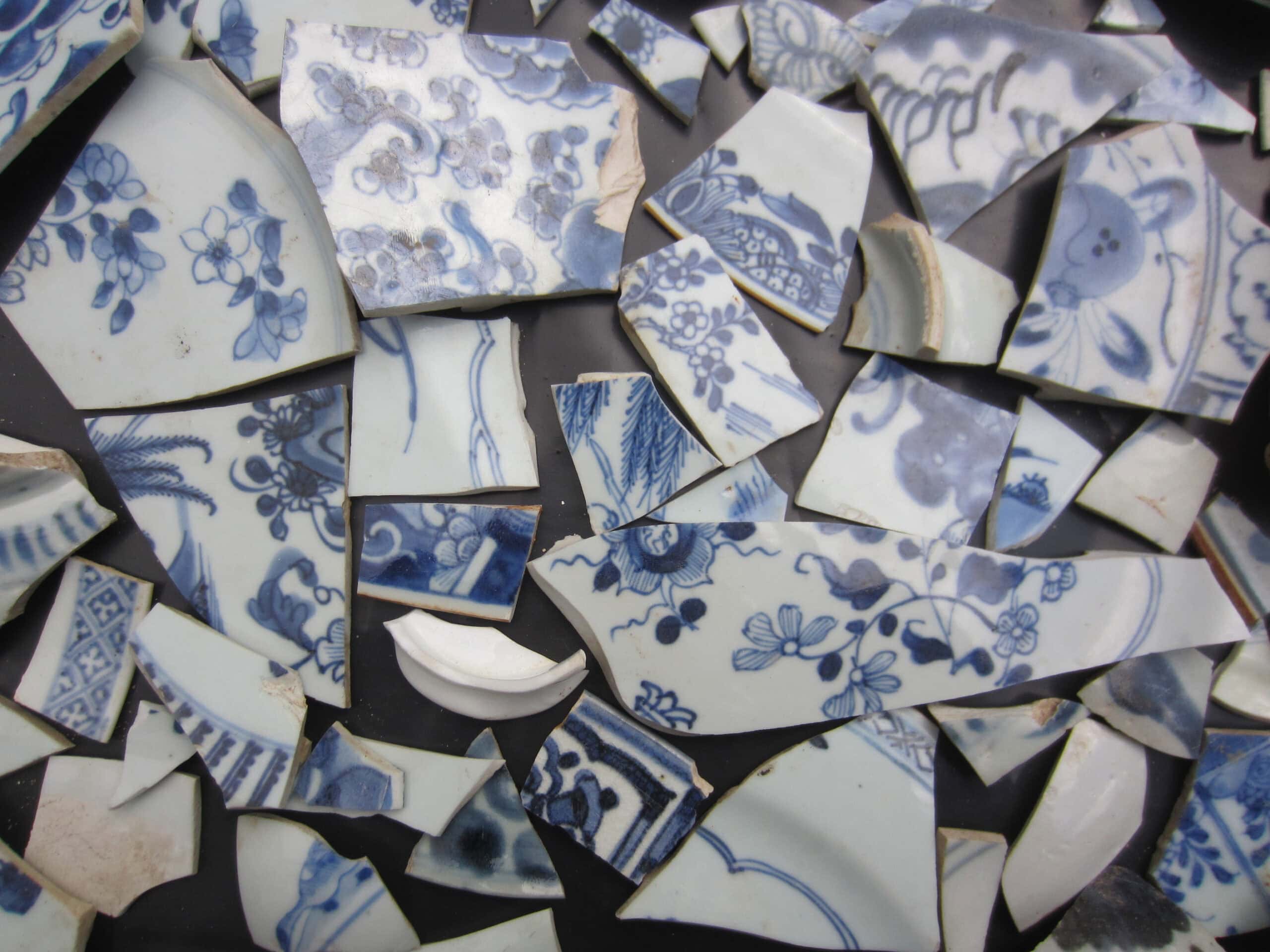
Found in a backyard in the Pacific Northwest, this shard of Chinese porcelain dates back to the Ming Dynasty. The intricate blue and white designs are characteristic of this period. The shard is believed to have come from a larger trade item brought over by early settlers or traders. This artifact has helped historians understand the extent of early trade routes and cultural exchanges. The shard is now part of a collection in a local museum, attracting interest from historians and art enthusiasts.
Victorian Era Pocket Watch
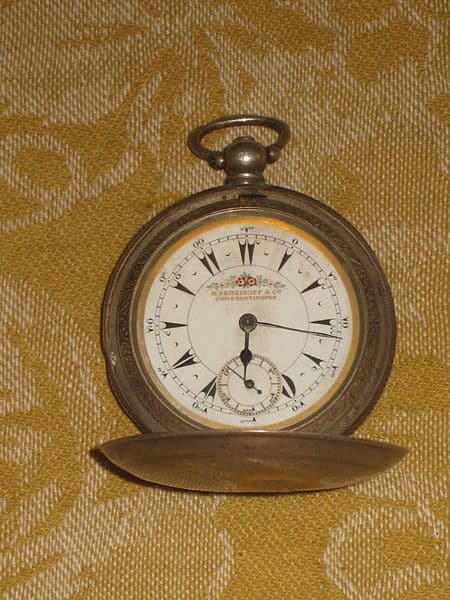
Discovered in a garden in England, this pocket watch dates back to the Victorian era. Made of gold and intricately engraved, it likely belonged to a person of high status. The watch, though no longer functional, has its original glass face and hands. This artifact provides a tangible connection to the daily lives and fashions of the Victorian period. The pocket watch has been carefully restored and is now displayed in a museum, showcasing its historical and artistic value.
Bronze Age Axe Head
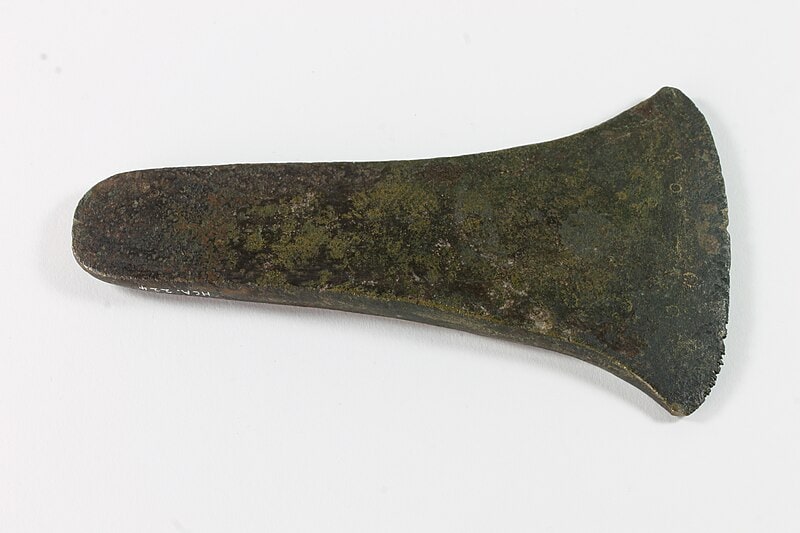
In a backyard in Ireland, a Bronze Age axe head was unearthed, dating back over 3,000 years. Made of bronze, the axe head is remarkably well-preserved, showing the sophistication of early metalworking. Such tools were essential for survival, used in both combat and daily tasks. This discovery has excited archaeologists, contributing to the understanding of Bronze Age societies. The axe head is now part of a museum exhibit, highlighting its significance in ancient history.
Colonial Era Belt Buckle
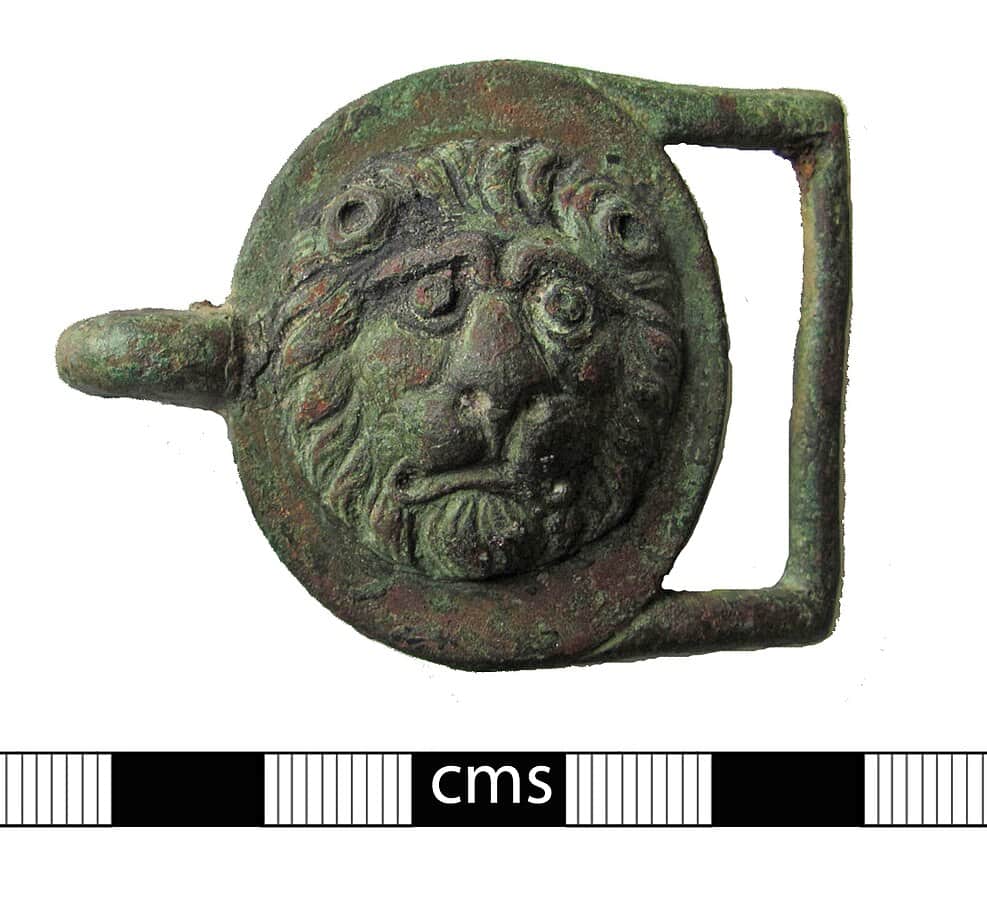
Found in a backyard in Massachusetts, this belt buckle dates back to the Colonial era. Made of brass, it features intricate designs and a patina indicative of its age. The buckle likely belonged to a colonial settler and offers insights into the fashion and craftsmanship of the time. This artifact has sparked interest among historians studying early American life. The belt buckle is now displayed in a local museum, preserving its historical value.
Ancient Greek Vase Fragment

In a backyard in Greece, a fragment of an ancient Greek vase was discovered. The fragment features detailed black-figure artwork, characteristic of 5th-century BCE pottery. Such vases were used for storage and ceremonial purposes, reflecting the artistry of ancient Greek culture. This discovery has provided valuable information about the daily life and artistic practices of the time. The vase fragment is now part of a museum collection, admired for its historical and artistic significance.
Medieval Iron Key
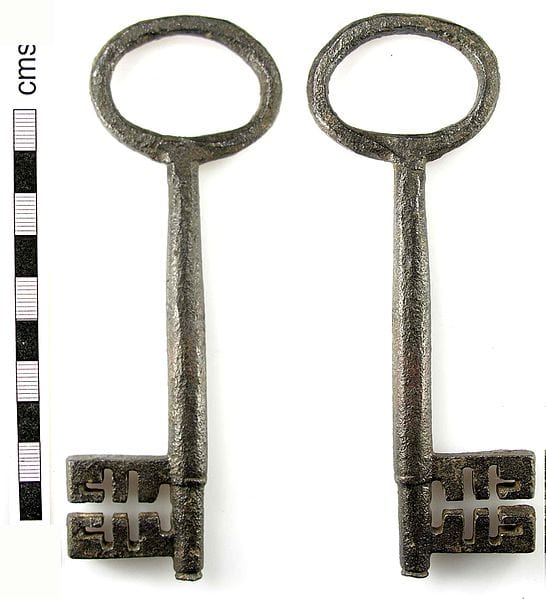
Unearthed in a backyard in Germany, this iron key dates back to the medieval period. The key’s design indicates it was used for a large door, possibly in a castle or manor. Its discovery offers a glimpse into the security measures and architectural styles of medieval Europe. This artifact has intrigued historians and archaeologists alike, contributing to the understanding of medieval life. The key has been preserved and is now displayed in a museum, drawing interest from visitors.
Spanish Armada Treasure Coin
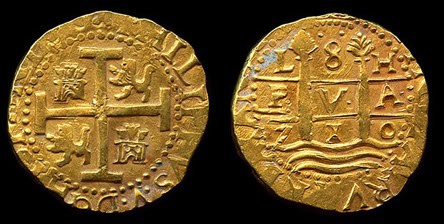
In a backyard in Ireland, a gold coin from the Spanish Armada was found. Dating back to the 16th century, the coin bears the image of King Philip II of Spain. Such coins were part of the treasures carried by the Spanish fleet, which famously shipwrecked off the Irish coast. This discovery has sparked excitement and further searches for more artifacts from the Armada. The coin is now a prized possession in a local museum, offering a tangible link to a dramatic historical event.
Neolithic Stone Tool
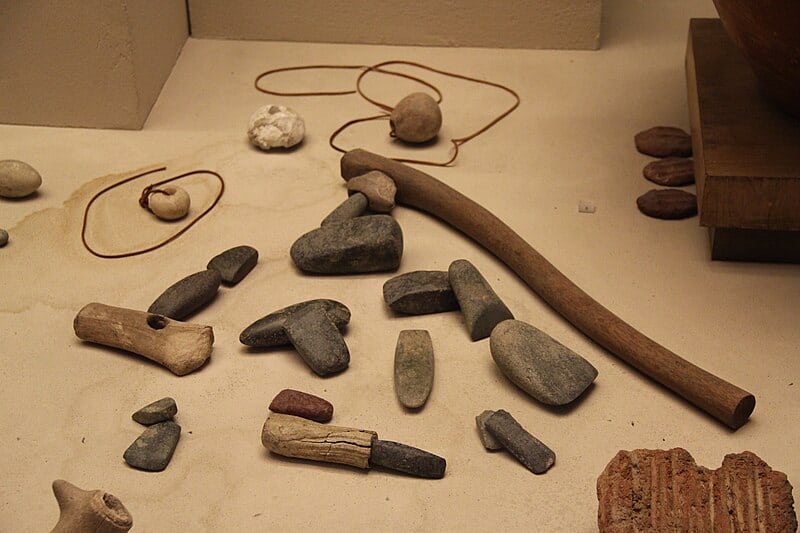
Discovered in a backyard in Scotland, this stone tool dates back to the Neolithic period, over 4,000 years ago. The tool’s polished surface and sharp edges indicate it was used for cutting or carving. Such artifacts provide insights into the daily lives and survival strategies of early humans. This discovery has excited archaeologists, contributing to the understanding of Neolithic technology and craftsmanship. The stone tool is now part of a museum exhibit, showcasing its historical significance.
Ancient Mayan Figurine
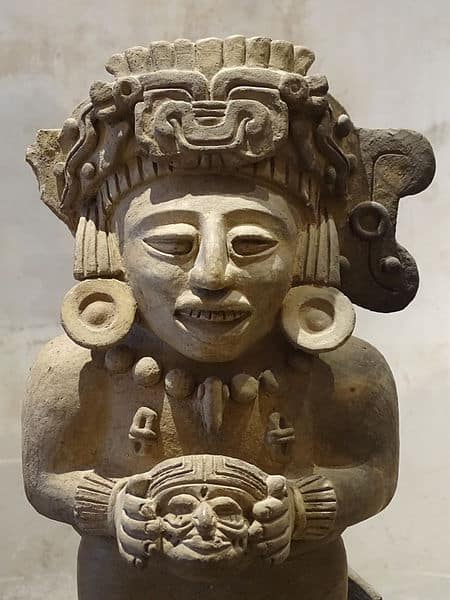
Unearthed in a backyard in Mexico, this clay figurine dates back to the ancient Mayan civilization. The figurine, depicting a deity or ceremonial figure, provides insights into Mayan religious practices and artistry. Such artifacts are rare and highly valued for their historical and cultural significance. This discovery has excited archaeologists and historians, contributing to the understanding of Mayan culture. The figurine is now part of a museum collection, admired for its craftsmanship and historical value.
Byzantine Cross Pendant

In a backyard in Turkey, a bronze cross pendant from the Byzantine era was discovered. The pendant features intricate designs and is believed to have been worn as a protective talisman. Such artifacts provide insights into the religious practices and artistic expressions of the Byzantine Empire. This discovery has excited historians and archaeologists, contributing to the understanding of Byzantine culture. The pendant is now part of a museum exhibit, admired for its craftsmanship and historical significance.
This article originally appeared on Rarest.org.
More From Rarest.Org
Bats are some of the most diverse and fascinating creatures on the planet, with over 1,300 species exhibiting a wide range of sizes, shapes, and behaviors. From the world’s smallest mammal to the fastest flyer, these nocturnal mammals have evolved unique traits that make them stand out. Read more.
9 Record-Breaking Sales of Vintage Corvettes

Vintage Corvettes are some of the most sought-after cars in the collector’s market, known for their iconic design, powerful performance, and rich history. Over the years, several Corvettes have set record-breaking prices at auctions, captivating enthusiasts and collectors worldwide. Read more.
College football is not just a game; itâs a significant revenue driver for many universities across the United States. The financial impact of these programs extends beyond the field, influencing the entire athletic department and even the academic institutions they represent. Read more.


